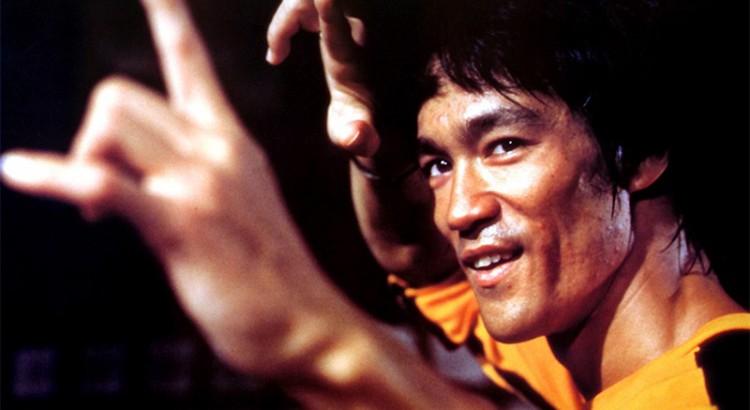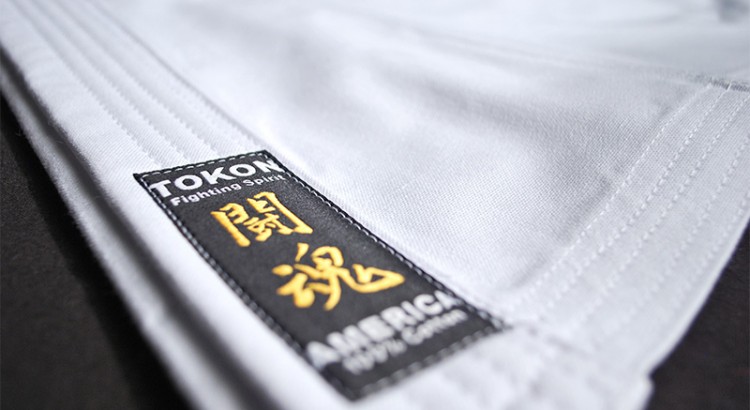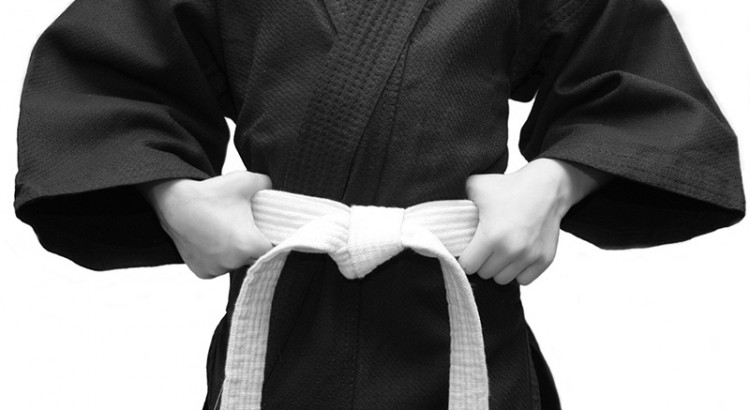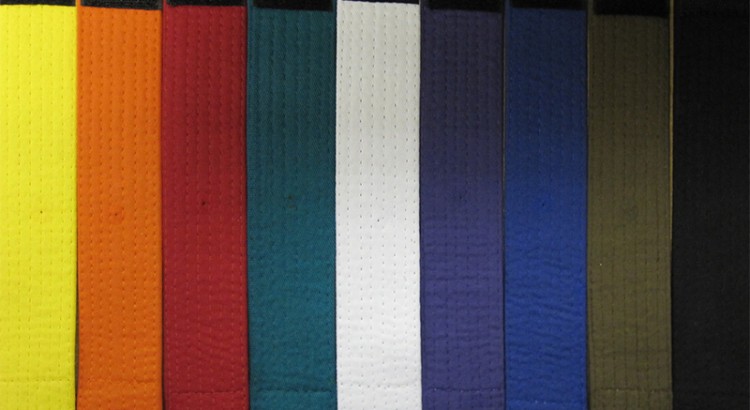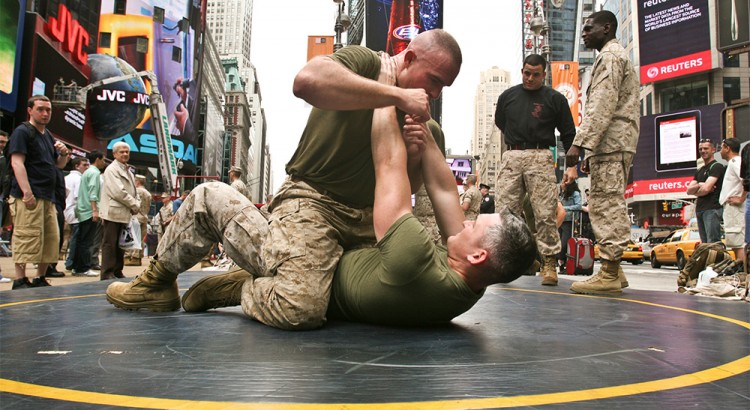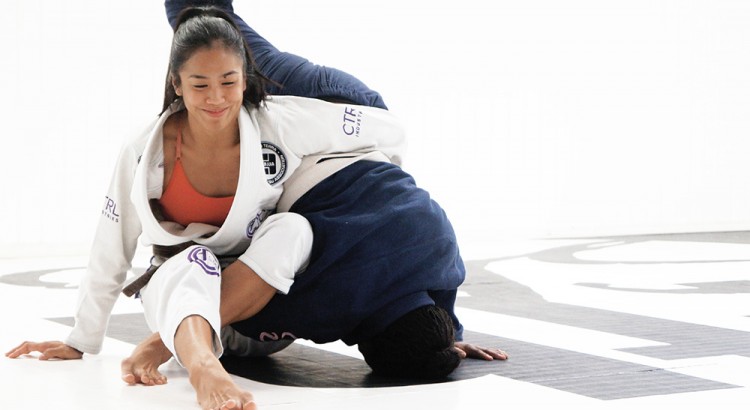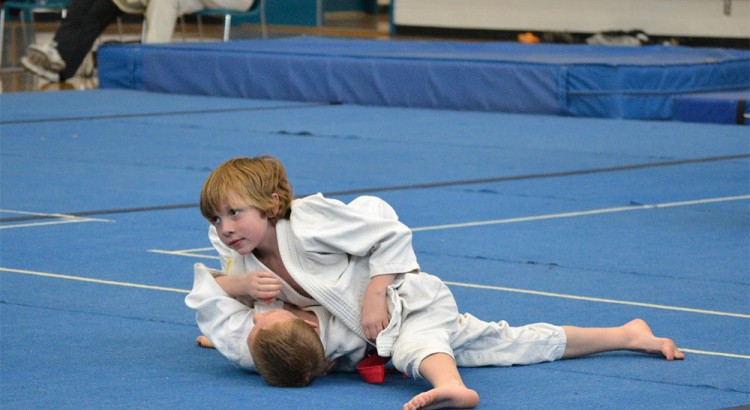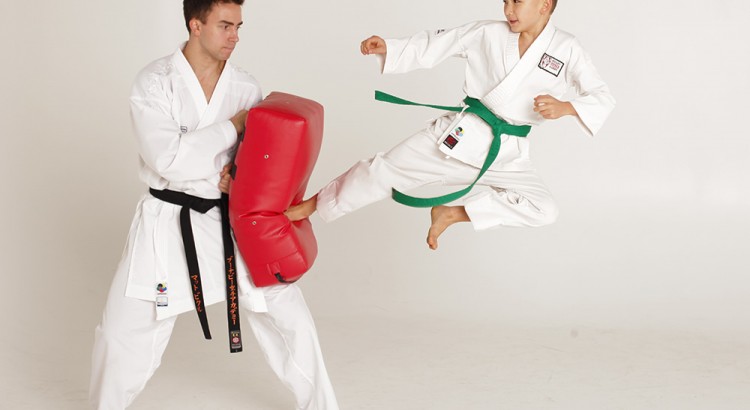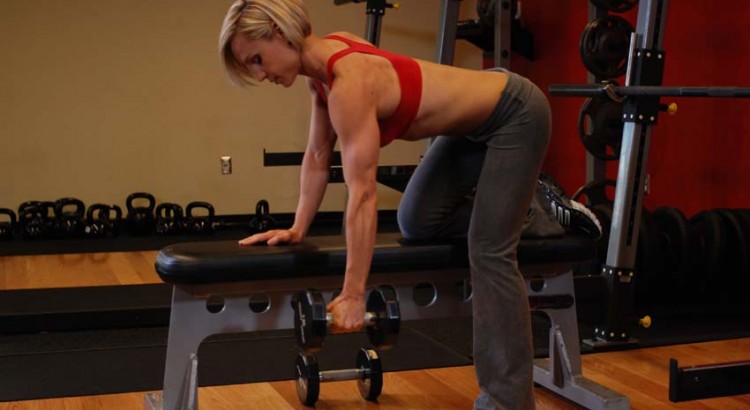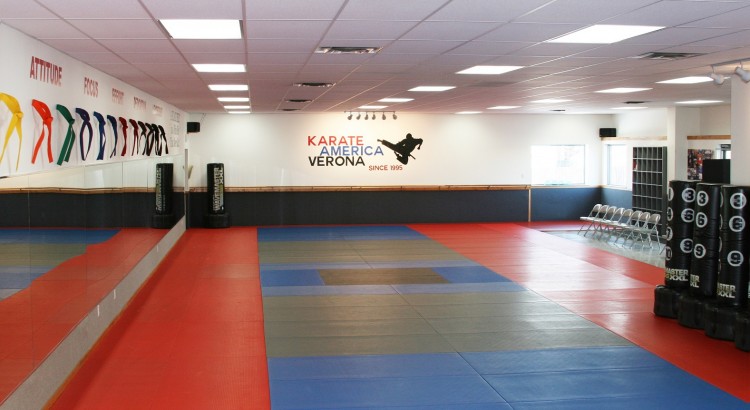Exercising was never an important part of my life before. Just over a year ago, my focus was to finish my eight-hour work days on time, and then relax the whole weekend. I didn’t see the need to exercise since I am not overweight and I have an ‘okay’ eating habit.
It is not until my mind had become restless and my body ached for movement that I considered exerting my muscles through exercising. My job at that time was not strenuous. I only had to sit at my desk, answer emails, and create documents. For some reason however, I developed shoulder pains and lower back aches.
I also noticed that I was becoming listless. Not a lot of things were interesting anymore. Relaxing through watching movies, reading novels, and getting weekly massages were not as appealing as before. At first I refused to accept that I may have the need for exercise because I dreaded physical activities. Taking a long walk while travelling was all that I could consider.
Our bodies speak to us. And as much as I wanted to deny myself, at the back of my mind I knew what I needed to do. I thought of hitting the gym or at least go for regular runs. Checking out alternatives, I saw the possibility of learning a martial art. It looked interesting in films and television, and it is something that I have never tried before.
I didn’t let myself have second thoughts because my body was already screaming with the urgency to move. And after the initial pains of kick-boxing and the nausea-inducing moves of jiu jitsu, I came to appreciate the benefits of martial arts, not only in the physical aspect, but also in the way it improved my mental health.
Bruce Lee, the famous actor and martial arts icon, once said that this art is an expression and communication of emotions.
Developed through centuries of practice and improvements, it is known that martial arts provide the practitioners with benefits in the physical, spiritual, emotional, and mental levels. As the person’s physical health is improved with stamina, strength, movement coordination, and flexibility, the person’s mental well-being is also boosted. The practitioner achieves better self-control, self-esteem, and emotional stability. It is due to this reason that different martial arts schools focus on the therapeutic aspects of their trainings.
Let us take a look at the benefits we can gain from martial arts training:
Weight loss and total body work out
In martial arts, we use every muscle group in our body while training. We hone our muscle tone, flexibility, stamina, strength, and balance. As we get our muscles moving and as our working out becomes more intense, we also burn big amounts of calories and excess fats.
Maintaining the right weight is essential for a healthy lifestyle. We move easier and we don’t get tired right away. We not only improve our reflexes while training, it also becomes apparent in performing our daily activities.
Furthermore, through martial arts, we increase our cardiovascular health by getting into activities that stress the heart and promote better blood circulation in our bodies.
Muscle development
We can’t deny that one of the main reasons we work out is because we want to look good. Men want to have wider shoulders and bigger chests to fit those tight shirts. Women want to have smaller waists to emphasize the curves of their body.
Since we exercise all of our body parts during a martial arts training, we develop a well-toned body. The training distribution is equal that we would not have to worry about developing a heavy upper-body, while having skinny legs, for example.
Increased mental health
Studies show that people who participate in regular exercise are able to improve their moods. By performing a martial art, like tai chi, jiu jitsu or judo or karate, we are able to relieve frustration and stress. And in turn, we become happier people.
In my case, training in jiu jitsu and Muay Thai clears my mind. It becomes a time when worries of the daily life fail bother me. By concentrating on movements and techniques and inner peace, my mind clears the webs that threaten to fill myself with doubts.
The great thing about martial arts are the levels we can achieve by practicing them. We can opt not to simply aim for a better body and mind, but we can undergo the belt tests or the ranking system. By trying to attain higher belts, we are giving ourselves a chance to becoming better individuals.
We will be able to gain new skills as our instructors, coaches, and masters feed us with a wealth of knowledge. They will make sure that we are ready to take on the higher steps of personal development.
